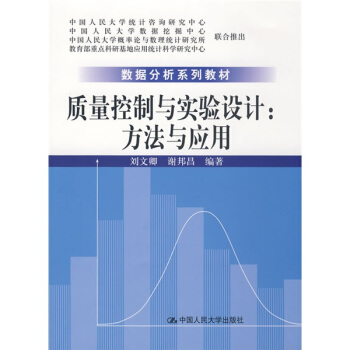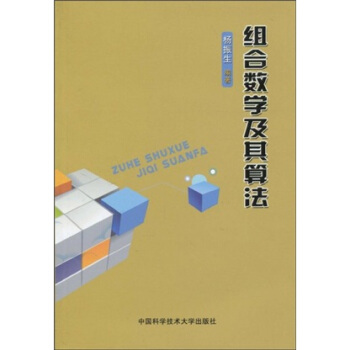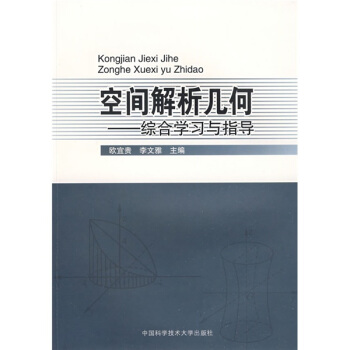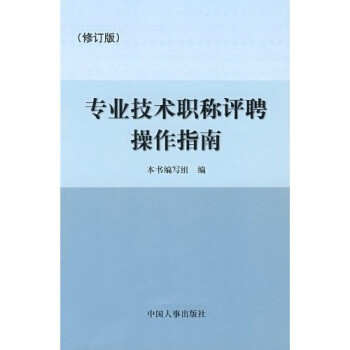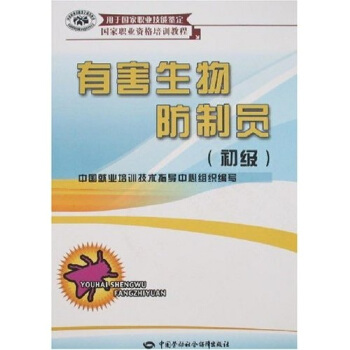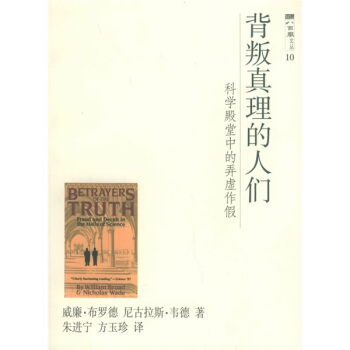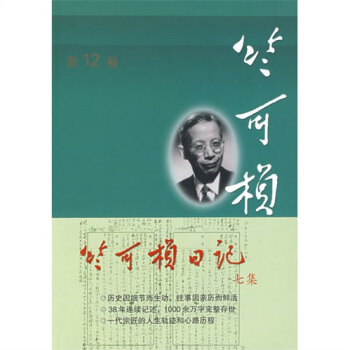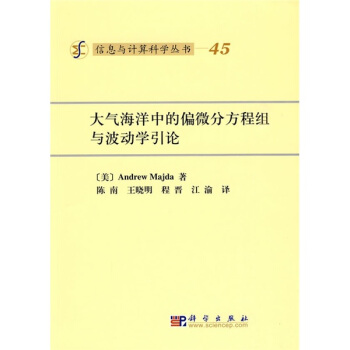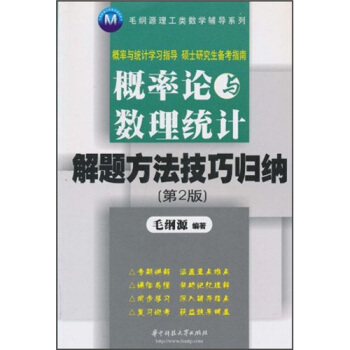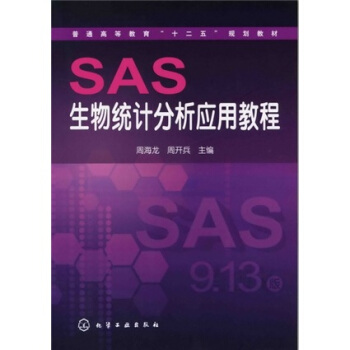![数学经典教材:曲面几何学(影印版) [Geometry of Surfaces]](https://pic.windowsfront.com/10104510/2ccccafe-7553-416e-999e-772586cad398.jpg)

具体描述
内容简介
《曲面几何学》揭示了几何和拓扑之间的相互关系,为广大读者介绍了现代几何的基本概况。书的开始介绍了三种简单的面,欧几里得面、球面和双曲平面。运用等距同构群的有效机理,并且将这些原理延伸到常曲率的所有可以用合适的同构方法获得的曲面。紧接着主要是从拓扑和群论的观点出发,讲述一些欧几里得曲面和球面的分类,较为详细地讨论了一些有双曲曲面。由于常曲率曲面理论和现代数学有很大的联系,该书是一本理想的学习几何的入门教程,用最简单易行的方法介绍了曲率、群作用和覆盖面。这些理论融合了许多经典的概念,如,复分析、微分几何、拓扑、组合群论和比较热门的分形几何和弦理论。《曲面几何学》内容自成体系,在预备知识部分包括一些线性代数、微积分、基本群论和基本拓扑。内页插图
目录
PrefaceChapter 1.The Euclidean Plane
1.1 Approaches to Euclidean Geometry
1.2 Isometries
1.3 Rotations and Reflections
1.4 The Three Reflections Theorem
1.5 Orientation-Reversing Isometries
1.6 Distinctive Features of Euclidean Geometry
1.7 Discussion
Chapter 2.Euclidean Surfaces
2.1 Euclid on Manifolds
2.2 The Cylinder
2.3 The Twisted Cylinder
2.4 The Torus and the Klein Bottle
2.5 Quotient Surfaces
2.6 A Nondiscontinuous Group
2.7 Euclidean Surfaces
2.8 Covering a Surface by the Plane
2.9 The Covering Isometry Group
2.10 Discussion
Chapter 3.The Sphere
3.1 The Sphere S2 in R3
3.2 Rotations
3.3 Stereographic Projection
3.4 Inversion and the Complex Coordinate on the Sphere
3.5 Reflections and Rotations as Complex Functions
3.6 The Antipodal Map and the Elliptic Plane
3.7 Remarks on Groups, Spheres and Projective Spaces
3.8 The Area of a Triangle
3.9 The Regular Polyhedra
3.10 Discussion
Chapter 4.The Hyperbolic Plane
4.1 Negative Curvature and the Half-Plane
4.2 The Half-Plane Model and the Conformal Disc Model
4.3 The Three Reflections Theorem
4.4 Isometries as Complex Fnctions
4.5 Geometric Description of Isometries
4.6 Classification of Isometries
4.7 The Area of a Triangle
4.8 The Projective Disc Model
4.9 Hyperbolic Space
4.10 Discussion
Chapter 5.Hyperbolic Surfaces
5.1 Hyperbolic Surfaces and the Killing-Hopf Theorem
5.2 The Pseudosphere
5.3 The Punctured Sphere
5.4 Dense Lines on the Punctured Sphere
5.5 General Construction of Hyperbolic Surfaces from Polygons
5.6 Geometric Realization of Compact Surfaces
5.7 Completeness of Compact Geometric Surfaces
5.8 Compact Hyperbolic Surfaces
5.9 Discussion
Chapter 6.Paths and Geodesics
6.1 Topological Classification of Surfaces
6.2 Geometric Classification of Surfaces
6.3 Paths and Homotopy
6.4 Lifting Paths and Lifting Homotopies
6.5 The Fundamental Group
6.6 Generators and Relations for the Fundamental Group
6.7 Fundamental Group and Genus
6.8 Closed Geodesic Paths
6.9 Classification of Closed Geodesic Paths
6.10 Discussion
Chapter 7.Planar and Spherical TesseUations
7.1 Symmetric Tessellations
7.2 Conditions for a Polygon to Be a Fundamental Region
7.3 The Triangle Tessellations
7.4 Poincarrs Theorem for Compact Polygons
7.5 Discussion
Chapter 8.Tessellations of Compact Surfaces
8.1 Orbifolds and Desingularizations
8.2 From Desingularization to Symmetric Tessellation
8.3 Desingularizations as (Branched) Coverings
8.4 Some Methods of Desingularization
8.5 Reduction to a Permutation Problem
8.6 Solution of the Permutation Problem
8.7 Discussion
References
Index
前言/序言
Geometry used to be the basis ofa mathematical education;today it IS not even a standard undergraduate topic.Much as I deplore this situation,1welcome the opportunity to make a fresh start.Classical geometry is nolonger an adequate basis for mathematics or physics-both of which arebe coming increasingly geometric-and geometry Can no longer be divorced from algebra,topology,and analysis.Students need a geometry of greater scope and the factthattherei Sno room for geometryin the curriculumus-til the third or fourth year at least allows 118 to as8ume some mathematical background.What geometry should be taught?I believe that the geometry of surfaces of constant curvature is an ideal choice,for the following reasons:
1.It is basically simple and traditional.We are not forgetting euclideangeometry but extending it enough to be interesting and useful.Theextensions offer the simplest possible introduction to fundamentals ofmodem geometry:curvature.group actions,and covering 8paces.
2.The prerequisites are modest and standard.A little linear algebra fmostly 2×2 matrices),calculus as far as hyperbolic functions,basic group theory(subgroups and cosets),and basic topology(open,closed,and compact sets).
3.(Most important.)The theory of surfaces of constant curvature has maximal connectivity with the rest of mathematics.Such surfaces model the variants of euclidean geometry obtained by changing the parallel axiom;they are also projective geometries,Riemann surfaces, and complex algebraic curves.They realize all of the topological types of compact two-dimensional manifolds.Historically,they are the 80urce of the main concepts of complex analysis,differential geometry,topology,and combinatorial group theory.(They axe also the sOuroe of some hot research topics of the moment,such as[ractal geometry and string theory.)
The only problem with such a deep and broad topic is that it cannot be covered completely by a book of this size.Since.however,this IS the size 0f book I wish to write,I have tried to extend my formal coverage in two wavs:by exercises and by informal discussions.
用户评价
翻开这本书,纸张略显粗糙,但散发着一股淡淡的墨香,仿佛一位饱经风霜的智者,准备与我分享他毕生的智慧。我对数学的兴趣,很大程度上源于对空间和形状的迷恋,而“曲面几何学”这个标题,恰恰触及了我内心最深处的探索欲。我曾尝试阅读一些关于曲面理论的现代教材,但总觉得缺少了些什么,或许正是那种源头活水的清晰与深刻。这本书的影印版,提供了这样一种可能性,让我能够直接面对那些奠基性的概念和证明。我迫切地希望能够理解曲面的内在几何,例如如何在曲面上定义距离、角度,以及曲率的概念是如何深刻地影响曲面的局部和整体性质。我对于书中可能出现的关于曲面嵌入、曲面映射以及高斯-博内定理等内容的阐述,充满了期待。我相信,这本书将是我学习曲面几何道路上的一块重要基石,引导我穿越数学的迷雾,抵达智慧的彼岸。
评分这本书的封面设计有一种古典的韵味,厚实的纸张和精美的排版,一眼就能感受到这是一本沉甸甸的学术著作。我拿到它的时候,内心充满了一种对知识的敬畏和期待。书的标题“曲面几何学”本身就带着一种神秘感,仿佛打开了一扇通往抽象世界的大门。我一直对数学中的几何部分情有独钟,尤其对那些能够直观想象但又难以精确描述的形状着迷。曲面,作为三维空间中最基本的几何对象之一,其性质、分类以及相互之间的变换,一直是我探索的焦点。这本书的影印版,更是让我有机会一窥原貌,感受作者最初的思考和表达方式,这对于深入理解学科的精髓至关重要。我知道,要真正掌握曲面几何,需要扎实的微分几何基础,包括向量场、联络、曲率等等概念,这些都将在书中得到详尽的阐述。我尤其期待能够学习到如何用代数和分析的语言来刻画几何对象,以及如何利用微分方程来研究曲面的性质。这本书的出现,无疑为我提供了一个绝佳的学习平台,让我能够系统地构建曲面几何的知识体系,从而在更广阔的数学领域中遨游。
评分拿到这本书,一股油墨的清香混合着纸张特有的干燥气味扑鼻而来,瞬间勾起了我学生时代埋头苦读的回忆。我一直认为,好的数学教材不仅要传递知识,更要引导读者建立数学思维,而这本书的标题——“曲面几何学”,就足以激发我探索更深层数学奥秘的冲动。我曾对平面的欧氏几何有所涉猎,但三维空间的曲面世界,其复杂性和多样性总是让我感到既兴奋又畏惧。这本书以影印版的形式呈现,更增添了一份历史的厚重感,仿佛在与过去的数学大师对话。我希望能通过它,理解曲面的内蕴性质,例如测地线、曲率等关键概念,以及它们如何决定曲面的形状和拓扑结构。更重要的是,我期待这本书能教会我如何将抽象的数学概念与实际的几何对象联系起来,用严谨的数学语言描述和分析那些我们肉眼可见但难以量化的形态。学习曲面几何,对我来说不仅仅是知识的积累,更是一种思维方式的升华,是将逻辑推理与空间想象相结合的奇妙旅程。
评分这本书的出版形式,一种质朴的影印,瞬间将我的思绪拉回到了那个专注于学术研究的年代。封面上“数学经典教材:曲面几何学”几个字,就足以让我感受到一种沉甸甸的学术分量。我一直以来都对那些能够将抽象概念与直观几何联系起来的数学分支情有独钟,而曲面几何,正是这样一个充满魅力的领域。我曾听说,要真正理解曲面的性质,离不开微分学和积分学的强大支撑,而这本书,或许就是我踏入这个领域的最佳向导。我特别希望能从书中学习到关于曲面度量、曲率张量、测地线方程等核心概念的严谨定义和深刻洞察。我也期待能够理解曲面之间的同胚、微分同胚等拓扑关系,以及如何利用这些概念来分类和研究曲面。这本书的出现,对于我系统性地学习和掌握曲面几何的精髓,无疑具有重要的意义,它将引领我深入探索数学的美妙世界。
评分这本书的装帧风格非常复古,纸张泛黄,字体古朴,一眼看去便知是经过岁月沉淀的经典之作。我一直对数学中那些看似抽象却又蕴含着深刻几何直觉的领域充满好奇,而“曲面几何学”正是这样一个让我着迷的主题。不同于平面几何的直观易懂,曲面所处的空间更为复杂,其性质的描述也需要更高级的数学工具。这本书的影印版,无疑为我提供了一个近距离接触经典数学文献的机会,让我能够以一种更纯粹、更原始的方式去理解作者的思路。我尤其关注书中对于曲面分类、曲率理论以及曲面之间映射的研究,希望能借此机会深入理解黎曼几何的一些基本思想。我对于如何利用微分方程来描述曲面的演化,以及如何通过代数方法来研究曲面的拓扑性质,抱有极大的兴趣。我相信,通过这本书的学习,我能够构建起一个扎实的曲面几何知识框架,从而为进一步探索更广阔的数学世界打下坚实的基础。
评分慢慢看,这一生就耗在数学上面了
评分为进一步研究几何奠定基础
评分还不错的古典微分几何参考书!
评分慢慢看,这一生就耗在数学上面了
评分世图引进的书很多印刷都不理想
评分为进一步研究几何奠定基础
评分好书。,没拆封过,发货块
评分非常满意,五星
评分慢慢看,这一生就耗在数学上面了
相关图书
本站所有内容均为互联网搜索引擎提供的公开搜索信息,本站不存储任何数据与内容,任何内容与数据均与本站无关,如有需要请联系相关搜索引擎包括但不限于百度,google,bing,sogou 等
© 2025 book.coffeedeals.club All Rights Reserved. 静流书站 版权所有




